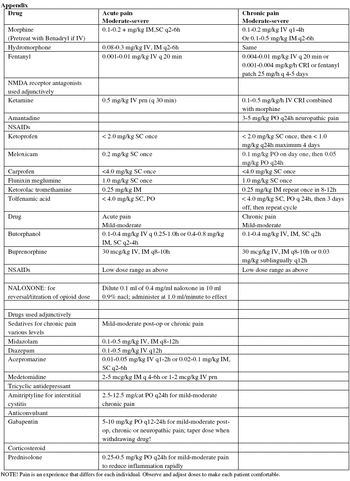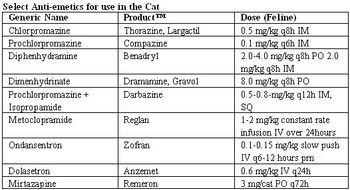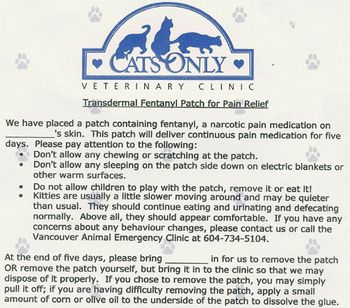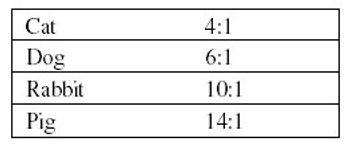
Awareness of the possibility of pain is the first step to its alleviation and prevention.

Dr. Margie Scherk graduated from the Ontario Veterinary College in 1982. In 1986, she opened Cats Only Veterinary Clinic in Vancouver and practiced there until 2008, publishing several clinical trials during that time. She has written a number of book chapters, is an active international speaker and enjoys teaching online courses. Dr. Scherk has served extensively in the American Association of Feline Practitioners, as well as other veterinary organizations. Her interests include all things feline, especially the study of analgesia, peculiarities of the digestive system and enabling positive interactions with cats.

Awareness of the possibility of pain is the first step to its alleviation and prevention.

What is a cat? What characteristics are different for this species than we are or dogs are?

The term chronic renal insufficiency (CRI) is preferable to chronic renal failure (CRF), permitting us to view the condition as a progressive one, rather than imminently terminal and encourage our clients to treat their companions.

What is a cat? What characteristics are different for this species than we are or dogs are?

No different from our clients, we fear the pain and suffering of friends and companions, human or non-human.

The chronic feline snuffler is a frustrating patient to treat.

Feline Infectious Peritonitis (FIP) represents the worst outcome of infection with a common group of viruses: the feline coronaviruses (FCoVs).

Constipation is defined as the infrequent or difficult evacuation of stool.

Obesity is the number one nutritional disorder in pets in the western world. Twenty five percent of cats seen by veterinarians in the USA and Canada are overweight or obese.

The Feline Vaccine Advisory Panel has condensed the guidelines into a user-friendly table.

A technical article detailing the causes and treatment of feline diabetes mellitus.